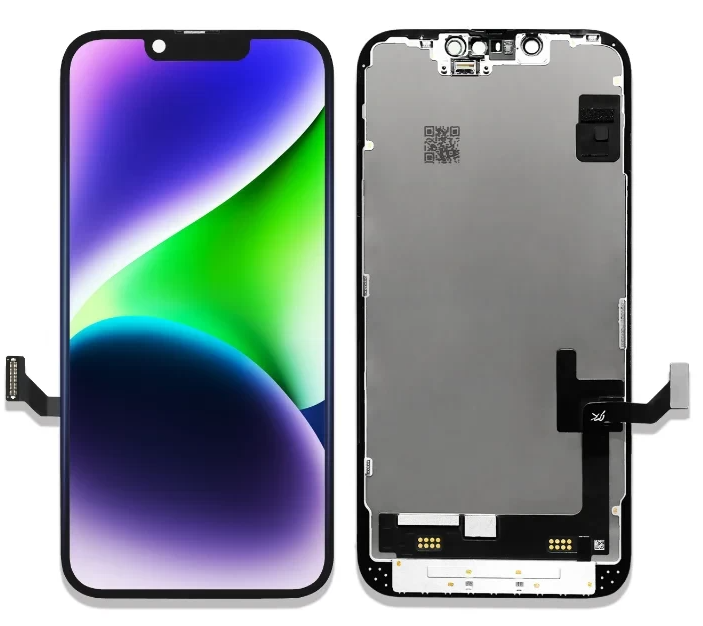Radio communication has revolutionized the way we connect and exchange information across vast distances. From emergency services to broadcasting, aviation to maritime, radio communication plays a crucial role in various industries. In this comprehensive guide, we will delve into the different types of radio communication, exploring their applications, advantages, and key features.
- Analog Radio Communication:
Analog radio communication, also known as conventional radio, has been the backbone of wireless communication for decades. It operates on a continuous wave frequency modulation (FM) or amplitude modulation (AM) system. This type of communication is widely used in broadcasting, public safety, and two-way radio systems. Its simplicity and reliability make it a popular choice in many industries. - Digital Radio Communication:
With advancements in technology, digital radio communication has gained prominence. It utilizes digital signals to transmit and receive information, offering enhanced voice clarity, improved coverage, and additional features. Two widely used digital radio communication standards are Project 25 (P25) and Digital Mobile Radio (DMR). Digital communication is commonly employed in public safety, military, and professional radio systems. - Trunked Radio Systems:
Trunked radio systems are designed to optimize radio spectrum usage and provide efficient communication for large organizations or agencies. Unlike conventional systems, trunked systems dynamically allocate available channels, allowing multiple users to share a smaller pool of frequencies. This type of communication is widely used in public safety, transportation, and utility sectors, enabling effective coordination and resource management. - Satellite Communication:
Satellite communication utilizes orbiting satellites to transmit and receive radio signals over vast distances. It offers global coverage and is commonly used in maritime, aviation, and remote areas where terrestrial communication infrastructure is limited. Satellite communication enables reliable and uninterrupted communication, making it indispensable in emergency situations and critical operations. - Microwave Communication:
Microwave communication employs high-frequency radio waves to transmit data over short to medium distances. It is commonly used in point-to-point communication, such as connecting remote sites or transmitting data between buildings. Microwave communication offers high bandwidth and low latency, making it suitable for applications like telecommunication networks, broadcasting, and data transmission.
Conclusion:
Radio communication encompasses a wide range of technologies and applications, each tailored to specific industry needs. From analog to digital, trunked systems to satellite communication, and microwave links, the types of radio communication available today provide reliable, efficient, and secure means of information exchange. Understanding these different types is crucial for organizations and individuals to choose the most suitable communication solution for their specific requirements.



